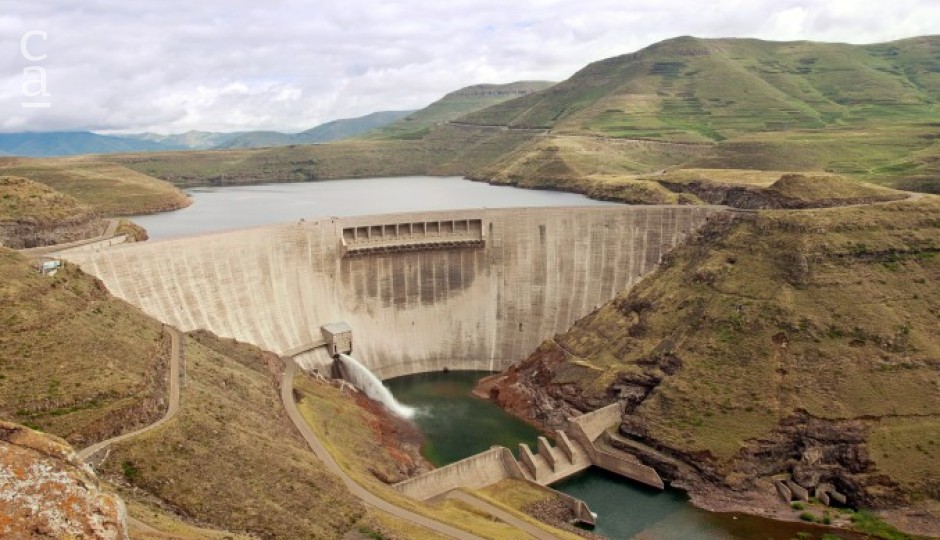Southern Africa
Polihali Dam and Transfer Tunnel Contracts Awarded In Lesotho
The Lesotho Highlands Development Authority announced the contract awards in early November.

The Lesotho Highlands Development Authority (LHDA) has announced the award of contracts for construction of the Polihali Dam and the Polihali Transfer Tunnel.
These are two of the biggest Phase 2 contracts awarded by LHDA to date and are part of the Lesotho Highlands Water Project (LHWP). The award of the
Want to continue?
Subscribe to get access to premium content
By subscribing you get access to the Newsfeed, Tenders, Events

